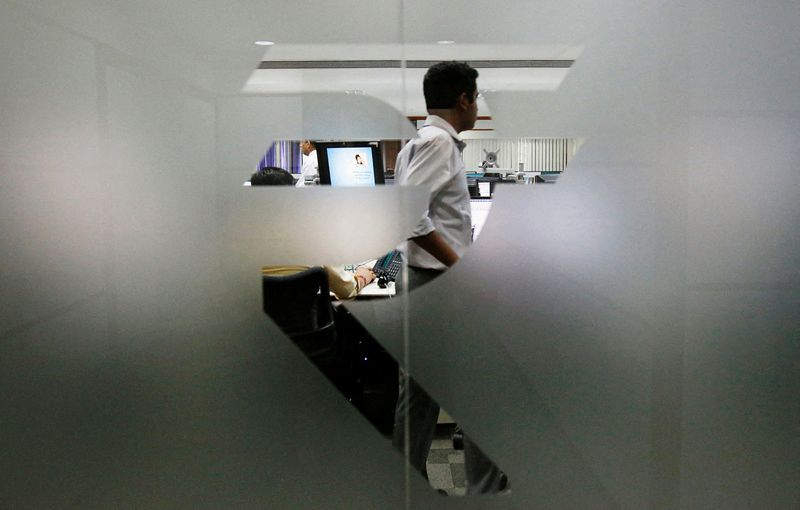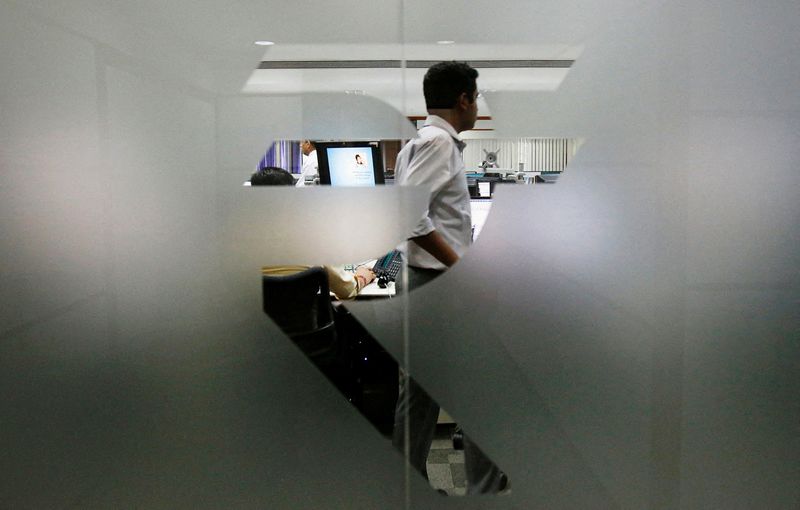
By Nimesh Vora
MUMBAI (Reuters) – The Indian rupee held near a lifetime low on Thursday despite intervention by the country’s central bank, with traders and analysts expecting persistent pressure on the currency from a shrinking balance of payments surplus.
The rupee was quoted at 83.9750 to the U.S. dollar, holding near its lifetime low and averting a dip past 84 largely on the back of intervention by the Reserve Bank of India.
The RBI has been regularly intervening in the forex markets on both sides, leading to rupee holding a narrow range for extended periods. The rupee’s 3-month implied volatility is among the lowest among major Asian currencies.
The rupee bucked a rally in Asian currencies last month, which was spurred by increasing certainty that the Federal Reserve is likely to begin its rate cut cycle.
The depreciation pressures the rupee has faced in recent months is due to India’s shrinking balance of payments (BoP), Gaura Sen Gupta, economist at IDFC First Bank (NASDAQ:FRBA), said.
The BoP position can be gauged by the RBI’s net intervention in the forex markets, she said.
The central bank has net sold more than $2 billion from April to Aug. 25 this year, compared to a net purchase of $19 billion from April to August last year, according to data from the central bank and calculations made by IDFC.
India had a BoP surplus of $63.7 billion in the previous fiscal year, which IDFC forecasts will decline to $50 billion in the current fiscal year.

“From recent price action (on dollar/rupee), it’s evident that the dynamics on the demand and supply have changed in favour of the former,” a treasury official at a bank said.
“This is why rupee has been struggling quite a bit despite the weaker dollar.”
This post is originally published on INVESTING.






